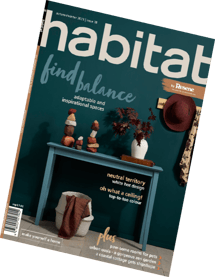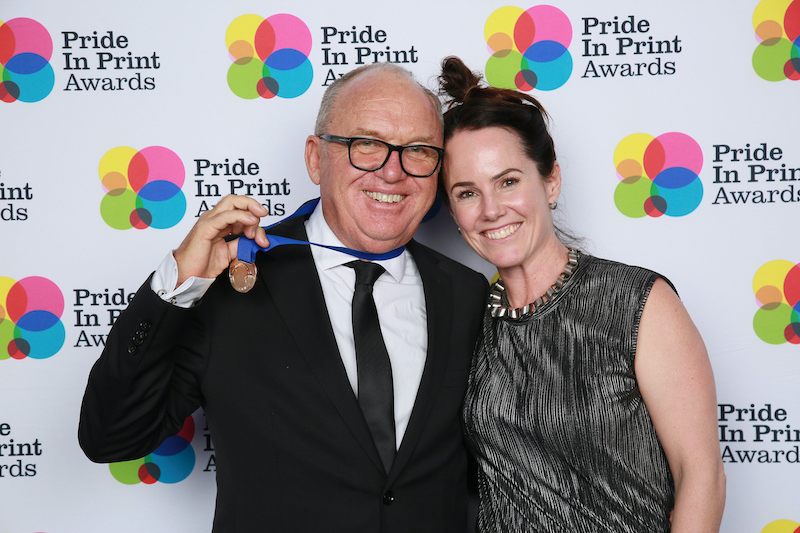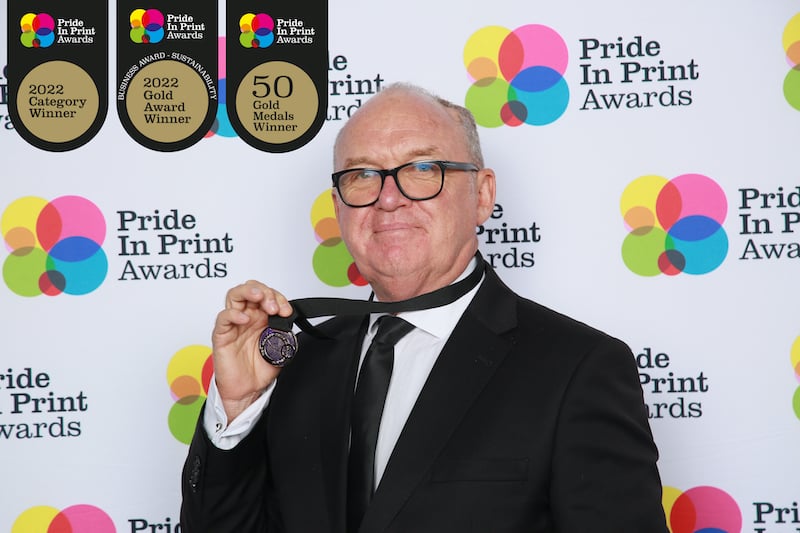SCG Media - Business Insights Team
As the world gravitates towards an increasingly digital future and costs continue to soar, it’s no surprise the value of a printed magazine often appears to be one area where expenses can be cut. While these concerns may provide grounds for exploring cheaper digital alternatives, they can also serve as incentives to invest in high-quality products and reclaim control over your brand.
Brands creating their own mastheads and taking ownership of print media has proven to be a powerful tool for communicating brand messages directly to consumers. This strategy allows businesses to create ‘free’ publications filled with genuinely valuable and useful content, while effectively conveying their message.
According to the Magazine Collective, magazines attract high-quality engagement that is immersive and focused. The positive experience provided by print captures the reader’s attention effectively and readers are often giving their full attention to printed content rather than multitasking while consuming digital media.
The success of Kia Ora magazine is a prime example of the value that can be added with a printed publication. This premium custom in-flight magazine produced by Are Media for Air New Zealand serves as an ideal platform for reaching a highly desirable audience of travellers, positioning itself as the best magazine for reaching individuals witha high income. With a readership of 265,000, or 6.5 percent of New Zealanders aged 15 and above, it presents a significant opportunity to engage with a targeted audience and reinforce the airline’s brand values.

AA Directions, the most widely read magazine in New Zealand, produced by the New Zealand Automobile Association is another success story. Its popularity can be attributed to its diverse range of stories covering topics such as motoring, travel, environment, arts, culture, and more.
With a readership of 931,000, or 20 percent of New Zealanders aged 15 and above, this magazine provides a valuable platform for the organisation to keep its brand in the conversation and actively engage its audience.
AA Directions Editor Kath Webster says without the printed magazine, the digital version would struggle to capture AA Members’ attention. “It’s understandable: the print magazine arrives free and personally addressed in letterboxes – and it rates well. Without that history, that relationship, it would be difficult to get traction with the digital version because so much unsolicited material arrives in inboxes – it would be battling for attention with a multitude of messages.”
She adds that many modern audiences are battling screen fatigue as after spending a day working online they need a break from the digital world.
In the domestic space, Habitat, a custom publication by paint manufacturer Resene in association with Soar Communications Group, has a readership of 283,000, or 6.8 percent of New Zealanders aged 15 and above, and is one of the country’s largest circulating titles. By providing inspiration for home renovation and decoration, offering expert DIYs and tips, and seamlessly integrating products into designs and stories, the publication entices potential customers into a realm of creativity, while avoiding any sense of overt sales tactics.
With many looking for ways to break up the mindless scroll by returning to the medium of print, magazineshave shown an increase in reading time among consumers. According to the Magazine Publishers Association 2021, the average time spent reading magazines in New Zealand rose by 11 percent from 2020 to 2021. This increased engagement presents businesses with an effective way to captivate their audience and capitalise on the power of brand equity.
Sustainability is another important factor when considering a print publication. While there may be many misconceptions about the environmental impact of paper, there are many compelling statistics that show that print can be a greener alternative.
According to vopp.com.nz, choosing to read a newspaper rather than accessing news online can result in a carbon footprint reduction of 20 percent. Similarly, watching one hour of video streaming consumes the equivalent amount of electricity required to run a hair dryer for 30 minutes daily over the course of a year.
In addition to this, the New Zealand paper industry is powered largely (80 percent) by renewable energy including biomass, geothermal and New Zealand’s electricity grid.
Another benefit is that magazine readers in New Zealand are 19 percent more likely to be the main household shopper and have a strong influence on purchasing decisions. This statistic underscores the invaluable market of affluent, educated consumers that businesses can tap into by utilising magazines as a medium for reaching their target audience.
Despite the digital age we live in, the success of these publications in New Zealand demonstrates the power of this medium in reaching and engaging with high quality, targeted audiences. These magazines offer businesses the opportunity to communicate their brand messages directly, drive sales, and tap into the influence of magazine readers, ultimately providing a valuable platform to connect with affluent consumers.
Subscribe to Email Updates
SCG’s AI Manifesto: the story begins
Posted at 9/07/2025 1:34:24 PM
Embracing the tangible power of print
Posted at 14/08/2023 10:37:51 AM
Molly Woppy and SCG: Partnering for Environmentally Friendly Packaging
Posted at 21/06/2023 10:29:22 AM
SCG bestowed with Sustainability Award
Posted at 27/06/2022 12:37:27 PM
Award winning print
Posted at 22/06/2022 5:14:32 PM
Award winning print
Posted at 22/06/2022 5:14:32 PM
Soar Print and ICG have merged, creating Soar Communications Group (SCG)
Posted at 7/01/2022 12:02:59 AM
SCG’s AI Manifesto: the story begins
Posted at 9/07/2025 1:34:24 PM
SCG bestowed with Sustainability Award
Posted at 27/06/2022 12:37:27 PM
Embracing the tangible power of print
Posted at 14/08/2023 10:37:51 AM





